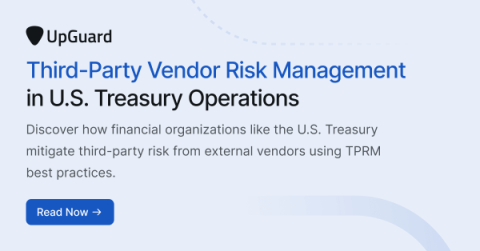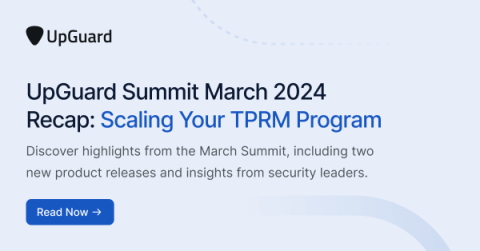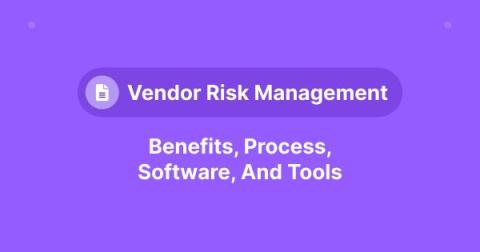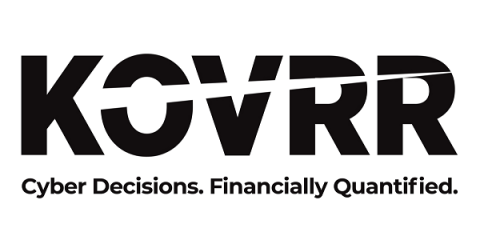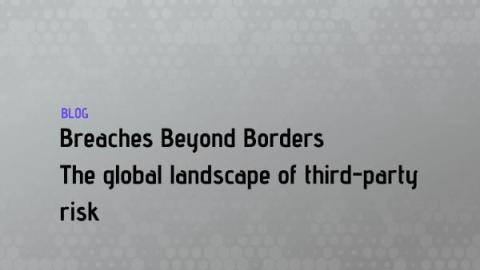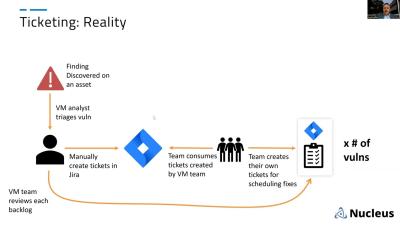Setting Objectives with ISO 27001's ISMS: A Strategic Overview
ISO 27001 is an international standard specifying how organizations should develop and implement an effective information security management system (ISMS). Organizations can apply ISO 27001 to manage their information security risks and be certified as ISO 27001-compliant. The measures to achieve compliance are specified in Annex A of the standard; organizations should select and apply the necessary controls to safeguard their stakeholders based on their own company risk profile.



